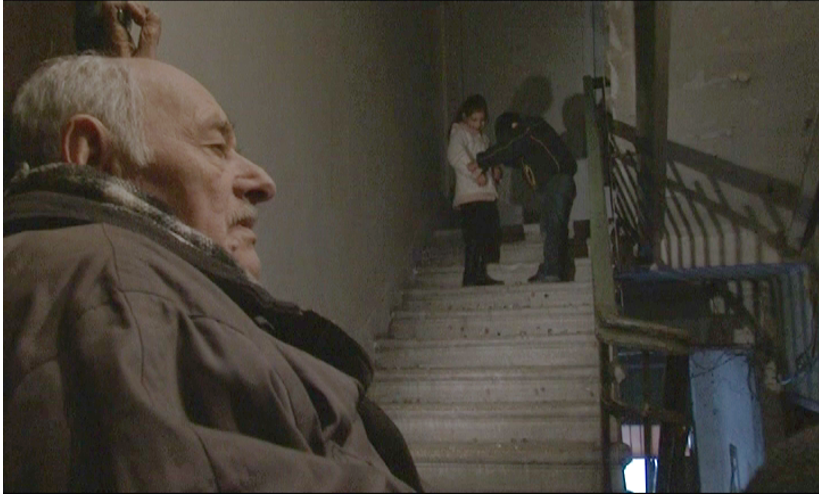Most people have an auditory memory - certain phrases, melodies and tunes are easily remembered, and hearing them after a long time evokes a feeling of nostalgia. What feeling would you get if you listened to some old Georgian radio now? With its program introductions and the voices of familiar presenters. This has become something very distant and nostalgic, since now most people turn on their favourite music in their cars via Bluetooth, but there is one place where you can hear these familiar and forgotten tunes - a taxi. Traveling by taxi is like traveling in time, where you never know what kind of driver you will meet and what impact he will have on your day. A Tbilisi taxi is a very important part of getting to know the local culture. Their fictional stories are spread from district to district, and separate legends are told about the education of drivers. It is unthinkable that they will not talk to you and share their opinions with you, sometimes even excessively, but what would you say about riding in a taxi that does not even know that it is a taxi?
In his student film, “Taxi Tango” (2014), Saba Shonia offered us just such a scenario. A mystical person puts a taxi sign on an ordinary car in the car wash, and from there the driver’s adventure begins. An unexpected guest appears in his car, and only at the end of the trip does he discover the purpose of his presence there. This adventure is like that part of fate where everything is much more cosmic for one person than for another. A woman appeared to a man out of nowhere, who aroused feelings in him, attracted him, became interested in his personality, and he did not even understand from where she appeared in his car. He could only attribute this to fate.
For the lady, it was an ordinary trip. She saw a taxi and got into it straightaway, of course, by giving the address, although contact was made between them, and the director wants us to compare it to tango and its storming. However, the quality of the filmmaking and cinematography lead us elsewhere. Very often we can see exterior shots of the car, which look more like an advertisement for a car brand than a short film. This is accompanied by shots montaged in the field, which are clearly part of the imagination, with music in the background. This completely out of context montage part takes the level of the 8-minute film much lower.
From the English definition, we can understand “taxi tango” as a hired dancer who, in a professional dance environment, dances with a partner in exchange for compensation. This also seems to happen in Shonia’s film - the man receives money, although he does not even understand why, and the woman goes to the desired address in return.
From the viewer's perspective, the feelings are more apparent for the man than for the woman. I can't say for sure how similarly intimate and interesting this journey was for the woman, but based on what she says, when the man proposes a meeting again and she only gives him money and doesn't ask for change in return, we can assume that this burning of feelings was not mutual. Tango is a very passionate and intense dance, requiring the absolute maximum of effort. This journey was clearly of this type for the man, but not for the woman.
The director wanted to tell a phantasmagoric story in the genre of realism, although it is more reminiscent of a music video or a car advertisement.
The amount of dialogue in the film is reduced to a minimum. The woman (Natia Sanadze) is maximally isolated from the man (Bacho Chkheidze), although, at the same time, she sits in the front seat of the car. With the dull colours of the shots and strange moments of dialogue, the director tries to immerse us in an imaginary world. The plot is accompanied by dramatic music, which evokes a certain sadness in the viewer and makes us no longer believe in the reality of this story. The film seems to lack content development and only superficially talks about the passions of a woman and a man that arose during this journey.
It is difficult to identify the components performed in relation to the specifics of the film, since all this is reduced to a minimum. The acting is very placard-like and exacerbates the idea of comparing the film with an advertising commercial. Despite the weakness of the cinematographer, the director tried to bring this funny and at the same time sad story to the viewer with his own decisions, as if reminding us of the irony of life and that sometimes fate may not be what we thought, sometimes answering questions in life is much easier.
Lizi Gaprindashvili






